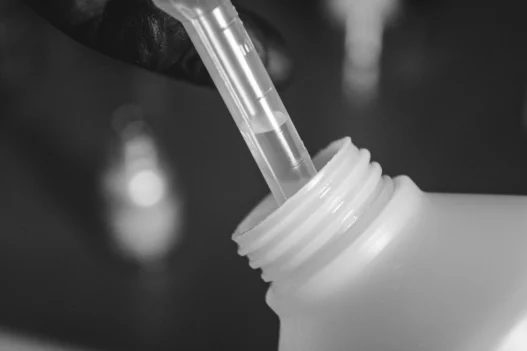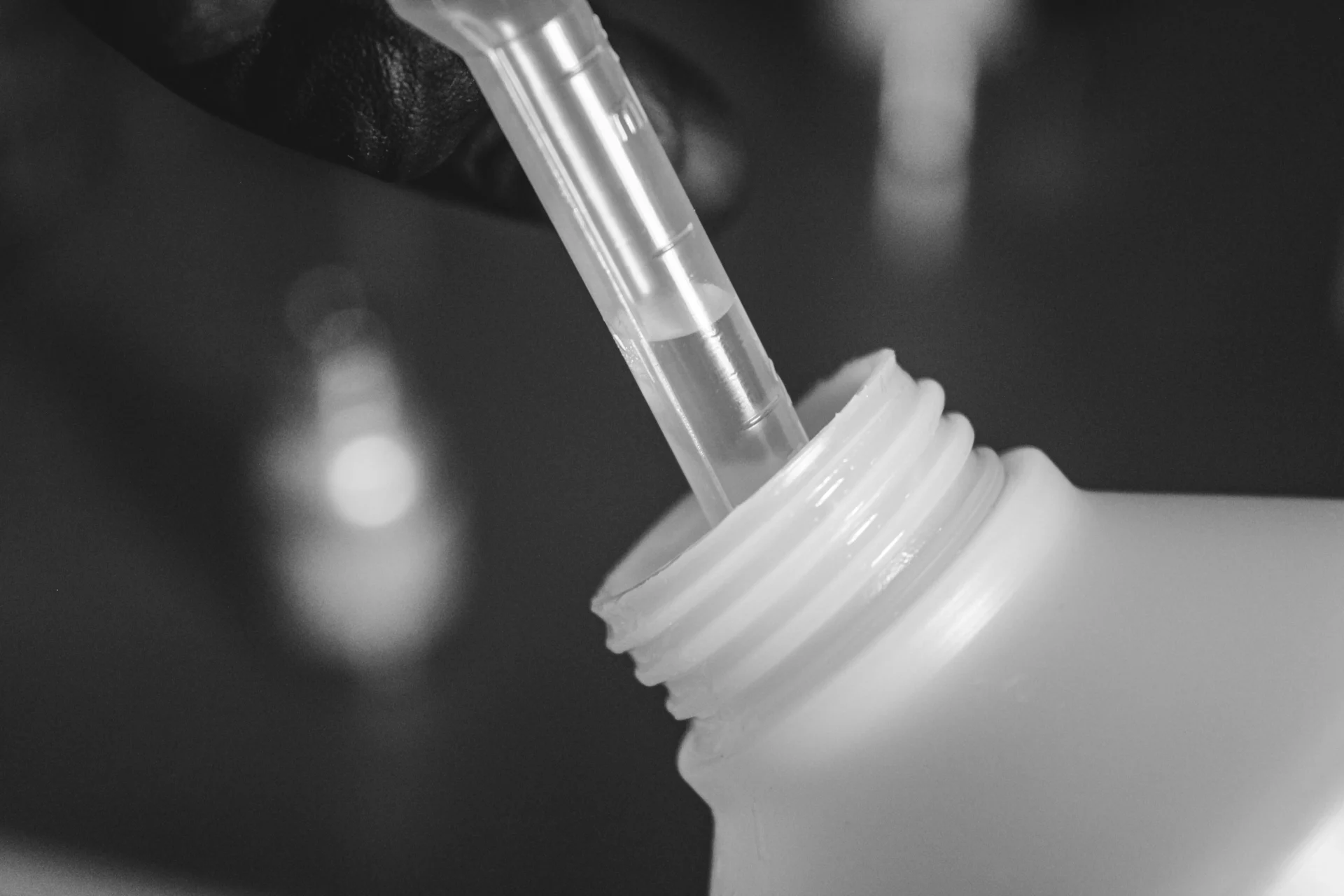2,5-Dimethylpyridine is a chemical compound that is commonly used as a catalyst in various industrial processes, such as in the production of pharmaceuticals and pesticides. Its relevance to everyday life lies in its role in enabling the synthesis of these important products, which ultimately impact the quality and availability of healthcare and food products for consumers. Additionally, 2,5-Dimethylpyridine plays a crucial role in research and development efforts aimed at creating new and improved materials and technologies that may have a profound impact on society as a whole.
Table of Contents:
- 💡 Commercial Applications
- ⚗️ Chemical & Physical Properties
- 🏭 Production & Procurement
- ⚠️ Safety Considerations
- 🔬 Potential Research Directions
- 🧪 Related Compounds
💡 Commercial Applications
2,5-Dimethylpyridine, also known as 2,5-lutidine, finds various commercial and industrial applications due to its chemical properties. It is commonly used as a building block in the synthesis of pharmaceuticals, agrochemicals, and specialty chemicals. Additionally, it is employed as a solvent for resins, oils, and organic compounds in industrial processes.
In the field of drug and medication applications, 2,5-Dimethylpyridine plays a crucial role in the pharmaceutical industry. It is utilized as a key intermediate in the synthesis of various drugs, such as antihistamines and anti-inflammatory medications. Due to its chemical structure and reactivity, it serves as a valuable component in the production of these essential pharmaceutical products.
⚗️ Chemical & Physical Properties
2,5-Dimethylpyridine is a colorless to yellow liquid with a strong, unpleasant odor. It is highly flammable and should be handled with caution in a well-ventilated area.
With a molar mass of 109.15 g/mol and a density of 0.915 g/cm³, 2,5-Dimethylpyridine is heavier than common food items such as water (18.015 g/mol, 1 g/cm³) and sugar (342.3 g/mol, 1.59 g/cm³).
The melting point of 2,5-Dimethylpyridine is -39.4°C, while its boiling point is 147.5°C. These values are significantly lower than those of common food items like butter (melting point: 32-35°C, boiling point: 100°C) and olive oil (melting point: -6 to -3°C, boiling point: 300°C).
2,5-Dimethylpyridine is sparingly soluble in water and has a low viscosity. This contrasts with common food items like salt (highly soluble in water) and honey (high viscosity), making it less suitable for culinary applications.
🏭 Production & Procurement
2,5-Dimethylpyridine is produced through a multi-step synthesis process involving the reaction of formaldehyde and acetone with ammonia. The resulting intermediate compound is further treated with an alkylating agent to yield the final product.
In order to procure 2,5-Dimethylpyridine, one may contact chemical manufacturers or suppliers who specialize in the production of this compound. Bulk quantities can be transported via road, rail, or sea freight in appropriate containers to ensure safe handling and delivery to the desired destination.
Alternatively, smaller quantities of 2,5-Dimethylpyridine can be purchased from chemical distributors or retailers who carry a variety of organic compounds for laboratory or industrial use. These smaller quantities are typically packaged in suitable containers to prevent leaks or spills during transportation.
⚠️ Safety Considerations
Safety considerations for 2,5-Dimethylpyridine include its potential flammability and ability to cause skin irritation upon contact. It is important to handle this chemical with caution, using appropriate personal protective equipment such as gloves and goggles. Additionally, proper ventilation should be maintained when working with 2,5-Dimethylpyridine to prevent inhalation of vapors.
Hazard statements for 2,5-Dimethylpyridine include its classification as a flammable liquid and its ability to cause skin and eye irritation. It may also be harmful if swallowed or inhaled. This chemical should be kept away from sources of ignition and handled in a well-ventilated area to minimize the risk of exposure.
Precautionary statements for 2,5-Dimethylpyridine include avoiding skin contact by wearing protective gloves and clothing. Eye protection should also be worn when working with this chemical to prevent irritation or injury. In case of ingestion or inhalation, seek medical attention immediately and provide the relevant information about the product to healthcare professionals. Proper storage and handling procedures should be followed to minimize the risk of accidents or exposure.
🔬 Potential Research Directions
One potential research direction for 2,5-Dimethylpyridine is its applications in organic synthesis, wherein it can serve as a building block for the construction of various complex molecules. Researchers may explore its reactivity and selectivity in different reactions to develop new methodologies for the efficient synthesis of bioactive compounds or pharmaceuticals.
Another promising research direction for 2,5-Dimethylpyridine is its use in coordination chemistry, particularly as a ligand in the design of novel metal complexes. Investigating the coordination behavior of 2,5-Dimethylpyridine with different metal ions can provide insights into the structural preferences and bonding interactions of such complexes, thus contributing to the development of advanced materials with specific properties or applications.
Furthermore, the investigation of the physical and chemical properties of 2,5-Dimethylpyridine may offer new avenues for research in areas such as material science and catalysis. Exploring its thermal stability, solubility, or catalytic activity in various reactions could lead to the discovery of novel applications or the optimization of existing processes, thereby expanding the potential uses of this compound in different scientific fields.
🧪 Related Compounds
One compound similar to 2,5-Dimethylpyridine is 2,4-Dimethylpyridine. This compound has a molecular structure that consists of a pyridine ring with two methyl groups attached at positions 2 and 4, similar to 2,5-Dimethylpyridine. The presence of methyl groups at these positions imparts similar chemical properties to both compounds.
Another compound related to 2,5-Dimethylpyridine is 2,6-Dimethylpyridine. In this compound, the two methyl groups are attached at positions 2 and 6 of the pyridine ring. This structural similarity results in similar chemical behavior between 2,5-Dimethylpyridine and 2,6-Dimethylpyridine, as both compounds exhibit comparable reactivity and properties.
Furthermore, 3,5-Dimethylpyridine is a compound that shares similarities with 2,5-Dimethylpyridine. In this compound, the methyl groups are attached at positions 3 and 5 of the pyridine ring. Despite the slightly different attachment positions, 3,5-Dimethylpyridine has comparable chemical properties and reactivity to 2,5-Dimethylpyridine due to the presence of the methyl substituents on the pyridine ring.








